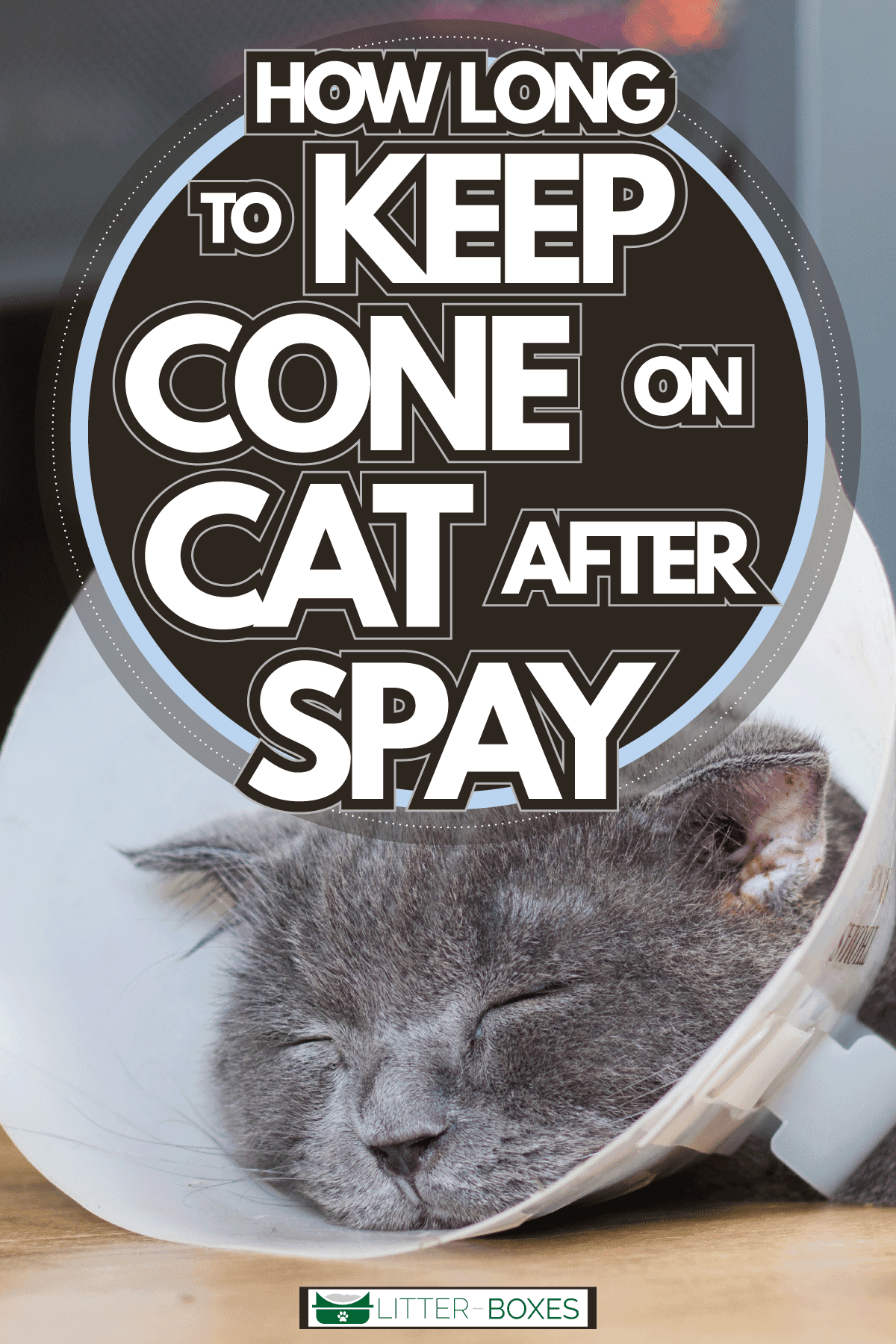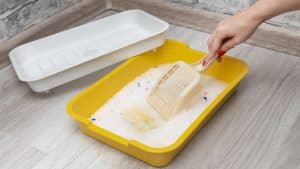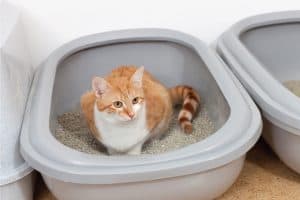Reader's Question:
My one-year-old cat Mimi just got spayed yesterday. The vet said she needs to wear the cone for at least ten days so she doesn't lick her incision. But Mimi is miserable in the cone and keeps trying to take it off. How long do I really need to keep the cone on my cat after her spay surgery? I want the incision to heal properly but I also hate seeing her so unhappy.
Cone Quandary in California
Deciding how long to keep the cone on your cat after spaying can be confusing. Both owners and cats typically find the post-operative head cone to be an unpleasant experience.
Unfortunately, yes, you will need to keep the cone on your cat until the incision is healed. While the exact duration can change with individual cats, it's typically 10-14 days. And yes, you need to make sure your kitty keeps wearing the cone throughout this time.
Identifying The Right Time To Remove Your Cat's Cone Post-Spaying
Deciphering the right moment to remove your cat's cone after spaying is a bit like cracking a scientific code.
Yet, you need to be observant and look for certain signs:
- First, inspect the incision site. There should be no redness or discharge.
- Secondly, the wound should not need any sutures or staples to stay closed.
- Lastly, there shouldn't be any tenderness or inflammation on or around the incision area.
However, do not rush to remove the cone. Always wait for the post-operation check-up with your vet. This typically happens 7-10 days following the surgery.
Ensure your furry friend is healthy before you take that cone off. It's better to be safe than sorry.
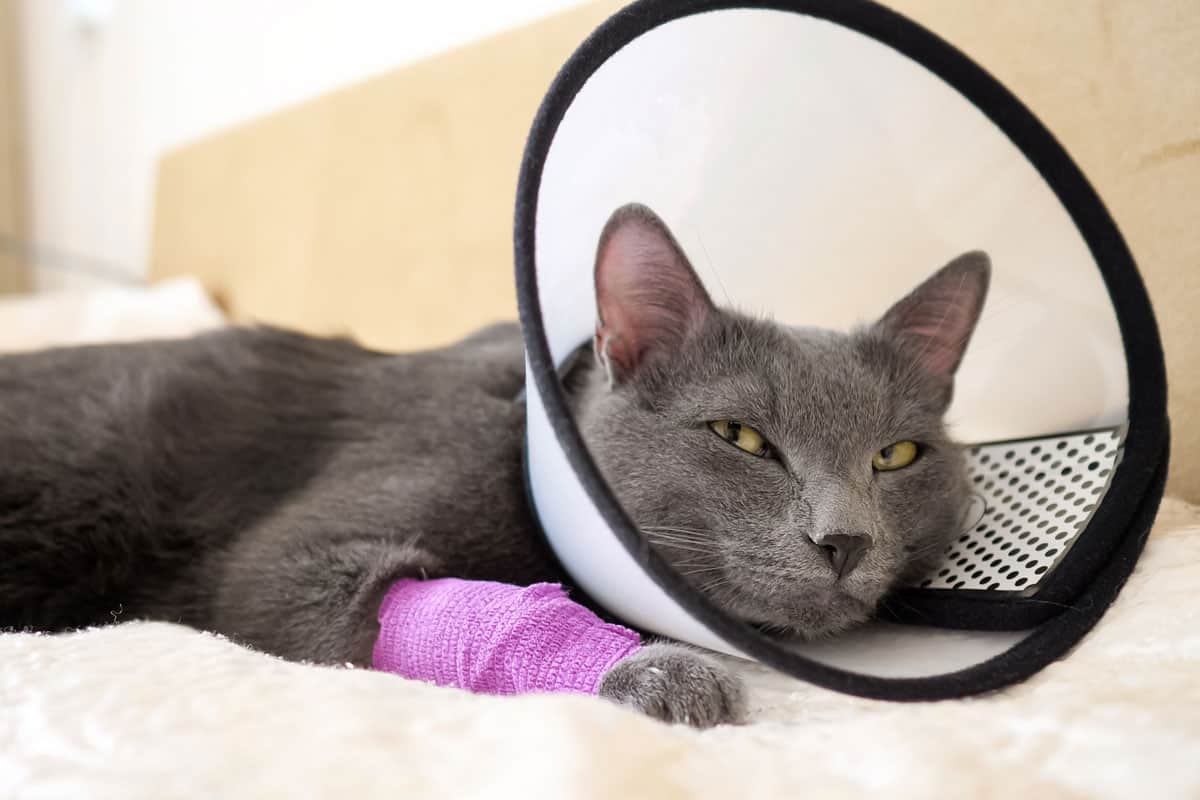
What Should The Incision Look Like? - Appearance of A Healthy Post-Spay Incision
Cat owners need to keep an eye on the incision daily. It's crucial to prevent any issues or infections from affecting the wound. In other words, parents will have to understand what a proper incision looks like on their cats.
A proper incision appears clean and closed, with the skin edges touching. The skin surrounding it might exhibit a slightly reddish or pinkish hue.
It's normal if the incision area appears somewhat redder in the initial days. Don't let it worry you. Also, don't be surprised if you see bruising around the incision if your cat's skin is pale. This bruising may not become evident until a few days post-spaying.
Also, some cats, particularly active ones, might experience minor blood seepage from a fresh incision. This is most likely to happen within the first 24 hours. It's another aspect of the healing process and nothing to be overly concerned about.
When Should You Become Concerned?
So the next question most owners ask is, what are the concerning signs?
If you see any of these issues pop up at the incision site, it's time for a visit to the vet:
- Any swelling, discharge, bad smells, or excessive redness of the skin
- Blood seepage continued past the initial 24-hour period
- Constant blood seepage or blood dripping from the incision
But what to do if your cat hates the cone?
Moving to the second part of the question - what should you do if your cat isn't happy with the cone?
When a cat has to wear a cone after a procedure, it's natural for them to feel uncomfortable. To ease their distress, ensure the cone fits well, extending beyond the nose but not hindering movement.
Consider switching to a soft, padded E-collar, which can be more comfortable than traditional hard ones. Create a safe environment by removing obstacles and providing a cozy retreat spot.
Elevating food and water bowls or using a shallower dish can help with mealtime. Distraction through toys and treats, as well as short supervised breaks from the cone, can be beneficial.
Some cats find comfort in post-surgery garments, but always consult your vet before making a switch.
As always, stay calm and reassuring, offering your cat plenty of affection, and always monitor for signs of excessive stress. With patience and care, your cat will adjust to the cone, ensuring a smooth recovery.
What To Do If Your Cat Won't Keep The Cone On?
Most cats won't be too fond of wearing cones around their heads. As a result, these felines will look for any opportunity to slip out of these safety contraptions.
But we must do our best to prevent them from being successful. So here are a few tips to keep the cone on their heads rather than becoming a victim to their Houdini antics:
Consider The Cone's Size
One of the first preventative measures to consider is checking the cone's size. These cones are much easier to escape when they don't fit properly.
Most experts recommend ensuring enough room for one or two fingers between a cone and the cat's body.
The cone also needs to extend past your cat's nose. Otherwise, it won't prevent them from slipping it off.
Attach The Cone To Your Cat's Collar
If you need extra security, attaching the cone to your cat's collar is an option. It'll make the cone much harder for them to remove when they feel frisky.
But you'll need to ensure that your cat can't get stuck with the cone still attached to the collar.
Buy A Different Cone
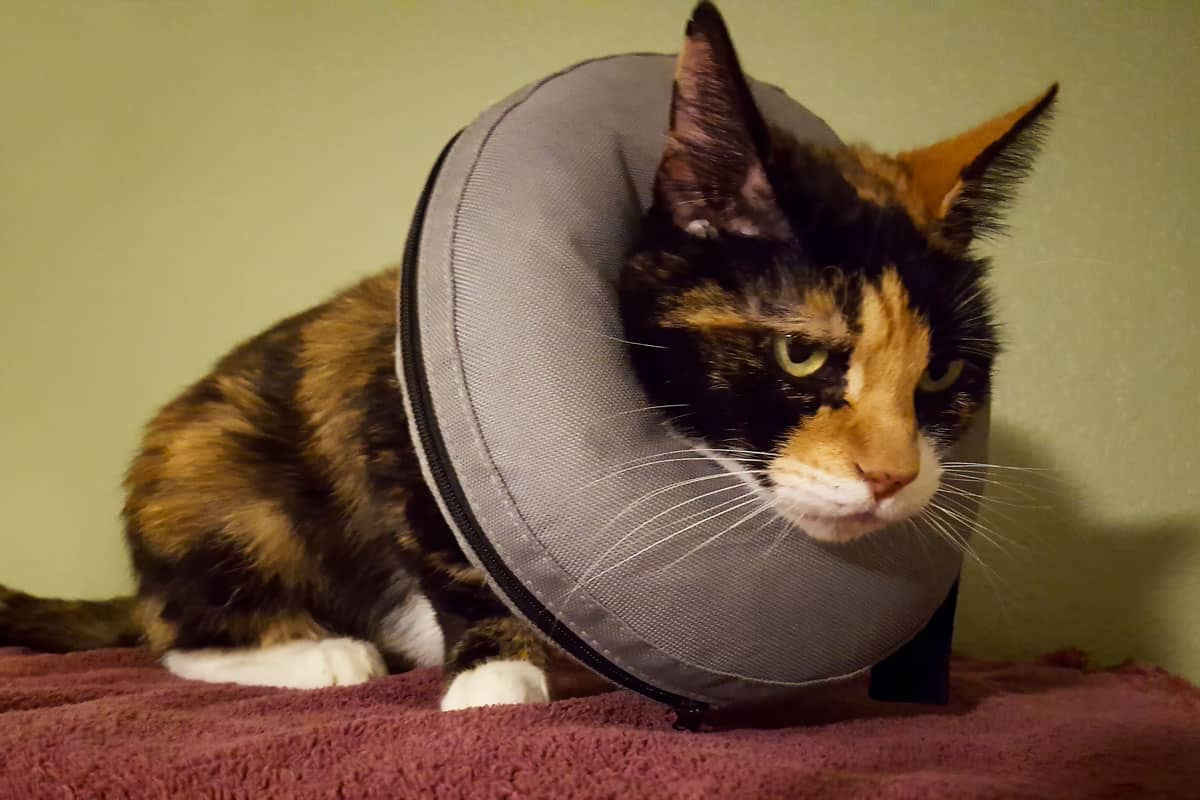
These postoperative cones come in a variety of types. So if one isn't working, there are many other options to select.
It's just a simple matter of figuring out which one best suits your cat's unique needs and preferences.
Is It Safe To Leave A Cat Alone With A Cone?
We don't recommend leaving your cat alone when wearing their cones. However, it doesn't mean taking off the cone when leaving them alone.
Instead, prepare the room around them if you need to go.
Placing them in a large, open room with almost nothing around is the safest bet. This will keep them from getting their heads stuck or knocking things over. Meanwhile, please remember to put food and water bowls inside the space.
But make sure they can eat and drink with the cone. In other words, it's something a cat parent should observe them doing before leaving them alone.
You should then keep the time away from your cat as limited as possible.
Another consideration is taking the cover off a covered litter box. Your cat will get stuck inside these enclosures when wearing a postoperative cone. Due to this, using an uncovered litter box during this process is ideal.
If possible, call a friend or family member for some support. It's always best to try every alternative before leaving your cat unattended with their cone attached.
Supervision is a crucial component of creating a fruitful and safe cone-wearing experience.
Wrapping Up: Cat Cones Post-Spaying
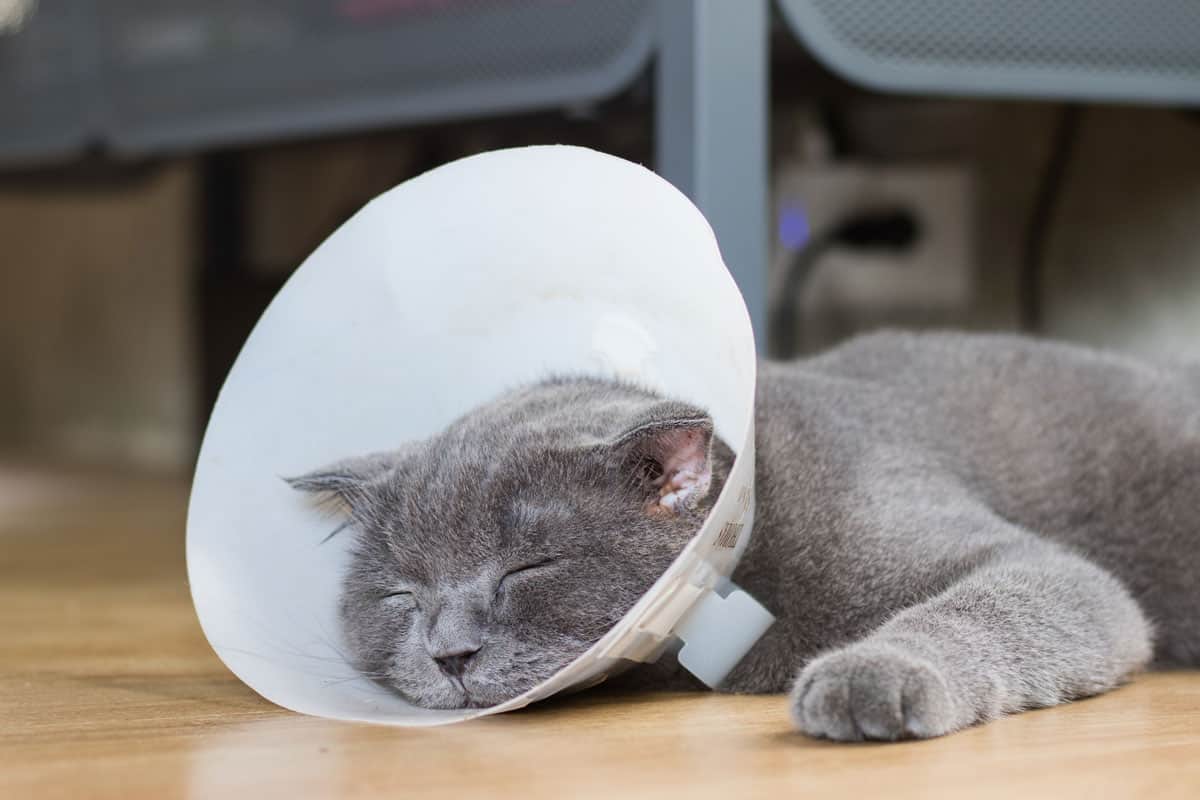
Your cat will have to don their cone for around 10 to 14 days post-spaying. This safety step is non-negotiable to avert infections and further complications.
Skipping the cone usage after spaying can be an open invitation for trouble.
We invite you to share your cone-wearing cat stories. We can't wait to hear your funny anecdotes or any other experiences you'd like to share.
Thanks for tuning in, and we look forward to hearing from you!
If you have time, check out the following helpful articles:
How Long To Quarantine A Sick Cat With URI
Where Can You Hide The Litter Box (And Should You)?
